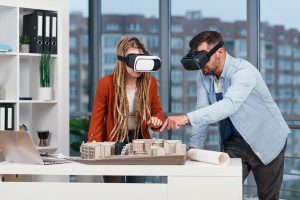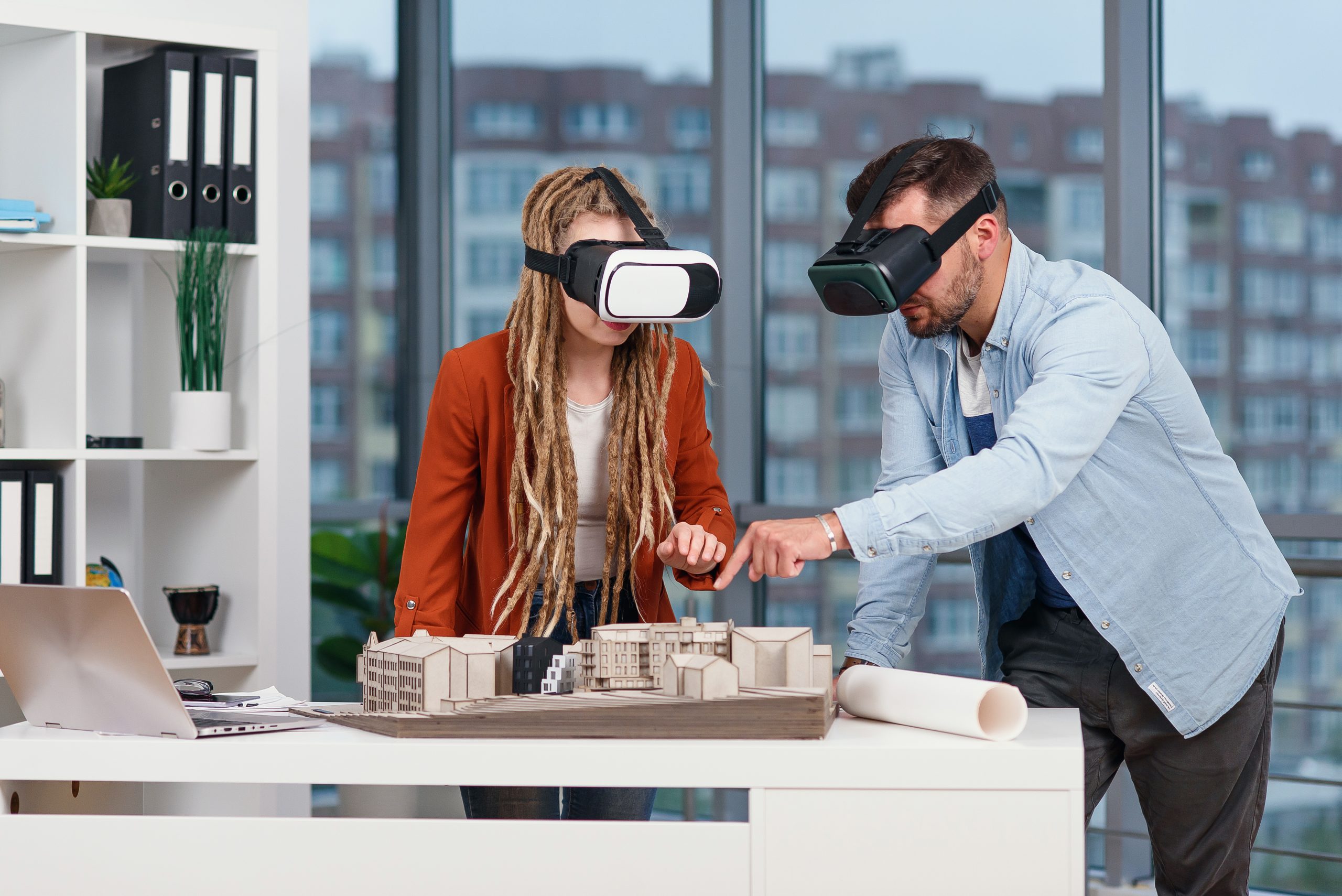
Why AR/VR Experiences Are the Next Big Marketing Trend
🎯 1. Marketing Is No Longer Just About Seeing—It’s About Feeling
Think about the last advertisement that truly stayed with you. Chances are, it wasn’t just a static picture or a short video. It was something that made you feel involved.- AR and VR place customers right inside the story.
- Try sneakers with your phone camera before buying.
- Take a virtual tour of a vacation resort from your couch.
💙 2. AR and VR Build Emotional Connections
Marketers struggle with one thing: standing out in the noise. People see thousands of ads every day—most forgotten within seconds.- AR/VR cut through by creating immersive worlds.
- Imagine the thrill of virtually test-driving a car.
- Explore a new kitchen design before renovation.
- Interact with a 3D character that tells your brand’s story.
🌍 3. Real-World Examples of AR/VR Success
Big brands are already proving how powerful this can be:- IKEA lets you place virtual furniture in your home.
- L’Oréal offers AR filters to test makeup shades.
- Event marketers use VR to give previews of concerts and sports events.
⏰ 4. Why Now Is the Perfect Time for AR/VR Marketing
Technology has finally caught up with creativity.- Affordable headsets and AR-ready smartphones.
- Social platforms like Instagram and Snapchat now support AR filters.
- Consumers are more comfortable with immersive tech thanks to gaming.
🚀 5. How AR/VR Gives Your Brand a Competitive Edge
Marketing is crowded. Standing out is harder than ever.- AR and VR deliver the “wow factor”.
- Virtual showrooms where users can walk around products.
- Campaigns where scanning a product label unlocks AR treasure hunts.
🎨 6. Blending AR/VR With Animation and CGI
For AR and VR campaigns to work, visuals need to be stunning.- This is where 3d animation services shine.
- Many computer generated imagery companies are creating VR-ready 3D models.
- Even an animation studio in New York could turn a simple launch into an immersive brand universe.
💡 7. Practical Ideas for Your Next Campaign
Here’s how you can start experimenting right away:- Virtual Try-Ons: Clothes, accessories, or furniture.
- Interactive Events: Replace webinars with VR meetups.
- Product Demos: Use AR filters to show product features.
- Gamified Marketing: AR treasure hunts or challenges to boost shares.
⚖️ 8. Overcoming Common Concerns
“But isn’t AR/VR too expensive?” Not necessarily.- Entry-level AR filters are affordable.
- VR content doesn’t always require expensive headsets—360° videos work on smartphones.
- Start small: test an AR filter or a simple VR demo.
🔮 9. The Future: AR/VR as Marketing’s New Normal
In the next few years, AR and VR will shift from “nice extras” to must-have tools.- As the metaverse and mixed reality platforms grow, immersive marketing will be the standard.
- Brands that act early will be far ahead of the curve.
✅ 10. Final Thoughts
AR and VR aren’t gimmicks. They’re the future of human connection in marketing.- Let audiences step inside your brand’s world.
- Let them interact with your products virtually.
- Let them experience your message instead of just reading it.


